
Video Games and the Mind
Essays on Cognition, Affect and Emotion
Edited by BERNARD PERRON and FELIX SCHRTER

McFarland & Company, Inc., Publishers
Jefferson, North Carolina
LIBRARY OF CONGRESS CATALOGUING DATA ARE AVAILABLE
BRITISH LIBRARY CATALOGUING DATA ARE AVAILABLE
e-ISBN: 978-1-4766-2627-7
2016 Bernard Perron and Felix Schrter. All rights reserved
No part of this book may be reproduced or transmitted in any form or by any means, electronic or mechanical, including photocopying or recording, or by any information storage and retrieval system, without permission in writing from the publisher.
Front cover illustration by Dominic Murray
McFarland & Company, Inc., Publishers
Box 611, Jefferson, North Carolina 28640
www.mcfarlandpub.com
ALSO OF INTEREST
Horror Video Games: Essays on the Fusion of Fear and Play (edited by Bernard Perron; McFarland, 2009)
Acknowledgments
First and foremost, we would like to thank all the contributors for having taken part in this emotional project: Susanne Eichner, Kathrin Fahlenbrach, Jonathan Frome, Andreas Gregersen, Lennart E. Nacke, Simon Niedenthal, Pedro A. Noguiera, Jana Rambusch, Samantha N. Stahlke, Jan-Nol Thon, Rikke Toft Nrgrd, and Rina R. Wehbe.
Bernard would especially like to thank: La Elisabeth Perron for her unconditional support; my parents, as always; and last but not least, Felix, who first invited me to Hamburg to deliver a keynote lecture to the great conference he had organized on the topic of the present book, and for embarking on the making of the project with a passion that has made the ride very enjoyable.
Felix would especially like to thank: Annabell Schrter for her constant comfort and support, Bernard for his unrivaled inspiration and motivation, and Kathrin Fahlenbrach for putting me on this road in the first place.
Introduction
Video Games, Cognition, Affect and Emotion
BERNARD PERRON and FELIX SCHRTER
From a media studies perspective, it is hard to start a book dealing with cognition, affect, and emotion in video games without referring to the liaison between video games and cinema, a liaison easily defined as a love-hate relationship. While some video game creators and publishers have regarded the permeable boundaries between the two arts as a way to get recognition and access to a market (these permeable boundaries are well outlined in the essays of ScreenPlay: Cinema/Videogames/Interfaces in 2002), others have tried to keep their distance from the idea of interactive movies. Likewise, the cinematographic ambitions of some video game designers have always been counterbalanced by the attention of others on the ergodic dimension of their works. Since video game graphics have become more and more photorealist and as the industry is now as profitable as the film one, the former no longer has anything to envy of the latter. Nonetheless, in regard to one aspect, the weight of the seventh art legacy is still haunting video games, and even game studies. As Carl Plantinga and Greg M. Smith have underlined right at the beginning of their introduction to Passionate Views: Film, Cognition, and Emotion:
In the emotional landscape of the modern world, the movie theater occupies a central place, as one of the predominant spaces where societies gather to express and experience feelings. The cinema offers complex and varied experiences; for most people, however, it is a place to feel something. The dependability of movies to provide emotional experiences for diverse audiences lies at the center of the mediums appeal and power, yet the nature of these filmic emotions is one of the least-explored topics in film studies. Emotions are carefully packaged and sold, but they are rarely analyzed with much specificity [1999: 1].
What was true for film then is sadly still true for games today: video game emotions and affects have rarely been examined in detail. This is why the mediums emotional appeal and power remains one of the major hurdles that have to be overcomenot only by game studies scholars but also by game designers and practitioners.
The maturity of the art and industry has beenand remainsevaluated in relation to its capacity to elicit complex human emotions as films do (like Frome is reasserting in this book, making players cry is seen as the ultimate proof of a games emotional effectiveness). For instance, Dave Morris has observed in Game Architecture and Design: A New Edition:
Even better, as the production process becomes better understood and more streamlined, it consumes less of the developers time. The extra creative energy this frees up can now be devoted to the game content itself. We are starting to see the first signs that games really are moving from being the equivalent of silent movie one-reelers. They are acquiring depth, beauty, and emotion [Rollings and Morris, 2004: xxiv].
The link to film is explicit in the discourse of Quantic Dreams co-chief executive, Guillaume de Fondaumire, in Generation Xbox: How Videogames Invaded Hollywood: We believe that games can be more than just toys and we are convinced that the media is mature enough to be able to express emotions and offer experiences that are deep in terms of meaning. Our work is like movies because movies to a certain extent depend very much on character and ultimately emotion (Russell, 2012: 244). Still, talking about video games, affect, and emotion is nothing new. Ever since the discourse on games shifted its focus from electronic and technological attributes to the experience of playing, emotions have been the subject of game designers aims and principles, reviewers and commentators assessment criteria, and academics elements of analysis.
An Emotional Experience
The question of video game affect and emotion has been addressed as early as the 1980s in three groundbreaking works. In What Makes Things Fun to Learn? A Study of Intrinsically Motivating Computer Games (1980), today considered to be the first Ph.D. thesis about video games, Thomas W. Malone explained their captivating power by referring both to the cognitive motivations they encouragethis is the reason Malones dissertation is used by Geoffrey and Elizabeth Loftus in Mind at Play: The Psychology of Video Games (1983) in order to explain Why Video Games Are Funand to the emotional aspects of their fantasies (or themes). According to Malone,
fantasies in computer games almost certainly derive some of their appeal from the emotional needs they help to satisfy in the people who play them. It is very difficult to know what emotional needs people have and how these needs might be partially met by computer games. It seems fair to say, however, that computer games that embody emotionally-involving fantasies like war, destruction, and competition are likely to be more popular than those with less emotional fantasies [1980: 67, 69].
Sharing Malones interest in the way art evokes emotion through fantasy, Chris Crawford highlighted in his seminal The Art of Computer Game Design that games in general, and computer games in particular, have not been impressive as art forms (1982: xi). Since computers were new at that time, he says that
the industry opt[s] to build inhibited little games that evoke pathetically trivial emotions. Truly intense emotions or situations of pathos, ecstasy, majesty, rapture, catharsis, or tragedy intimidate us. We hide behind the idea that we are in the entertainment business, not in the art business, but that defense only betrays a profound misunderstanding of art. Art can be stuffy and elitist, but good art can also be a foot-stomping blast [1982: xiii].
Next page
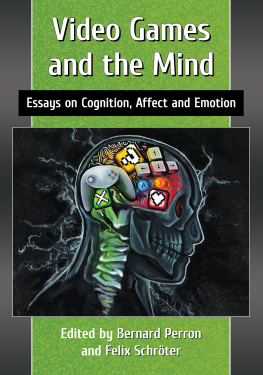
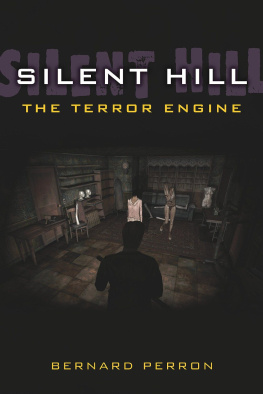
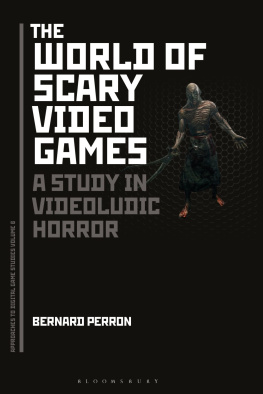


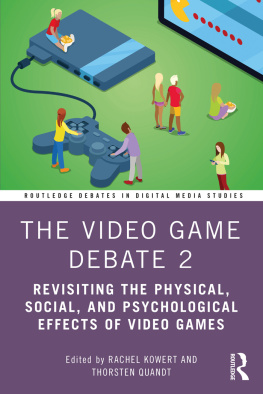
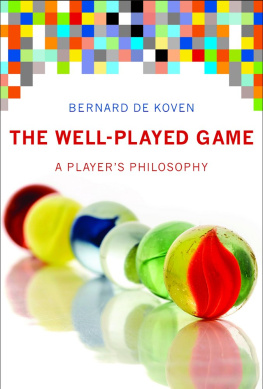
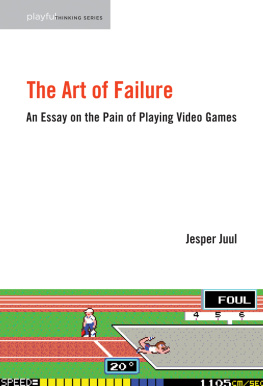


![Ethan Ham [Ethan Ham] - Tabletop Game Design for Video Game Designers](/uploads/posts/book/119417/thumbs/ethan-ham-ethan-ham-tabletop-game-design-for.jpg)


